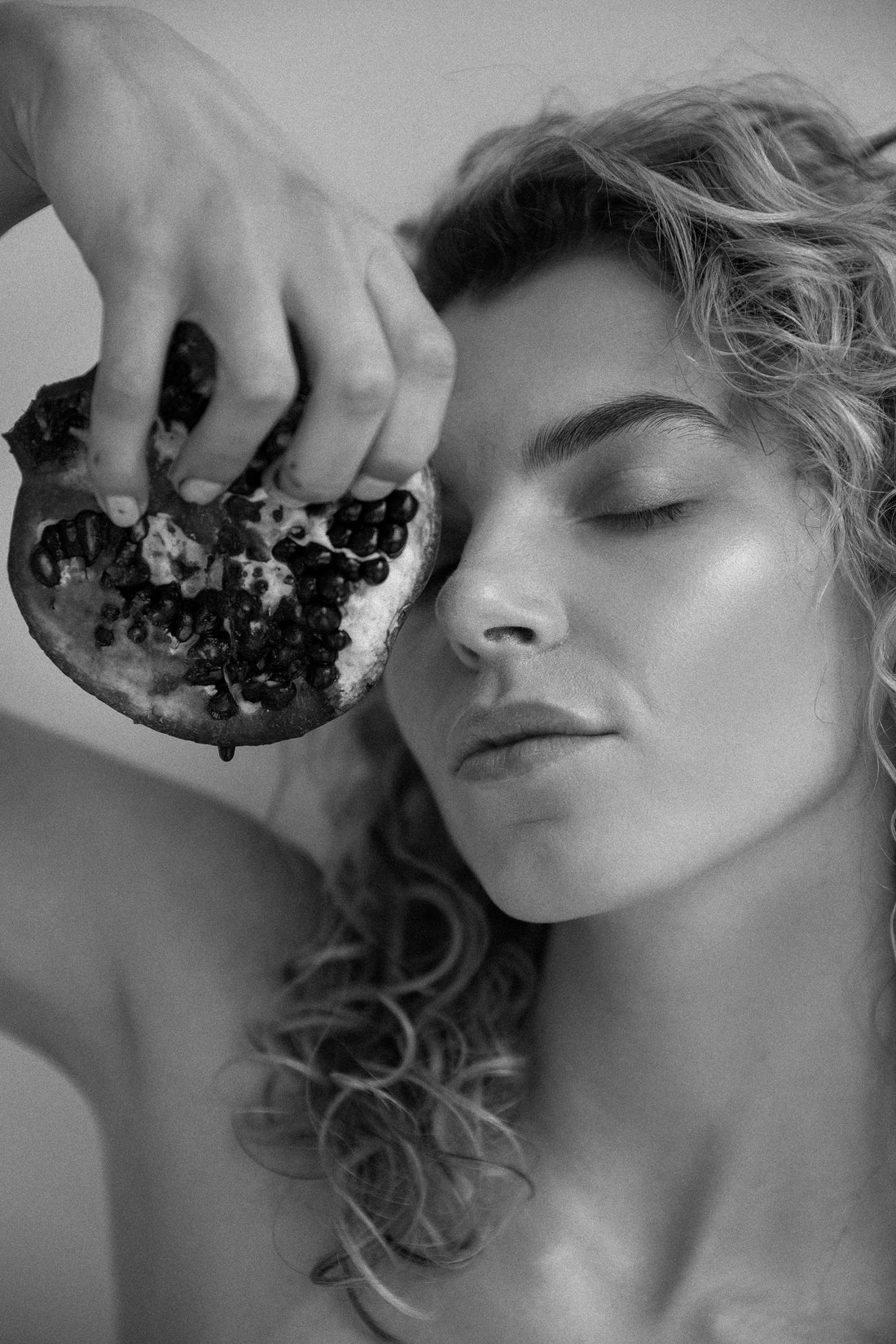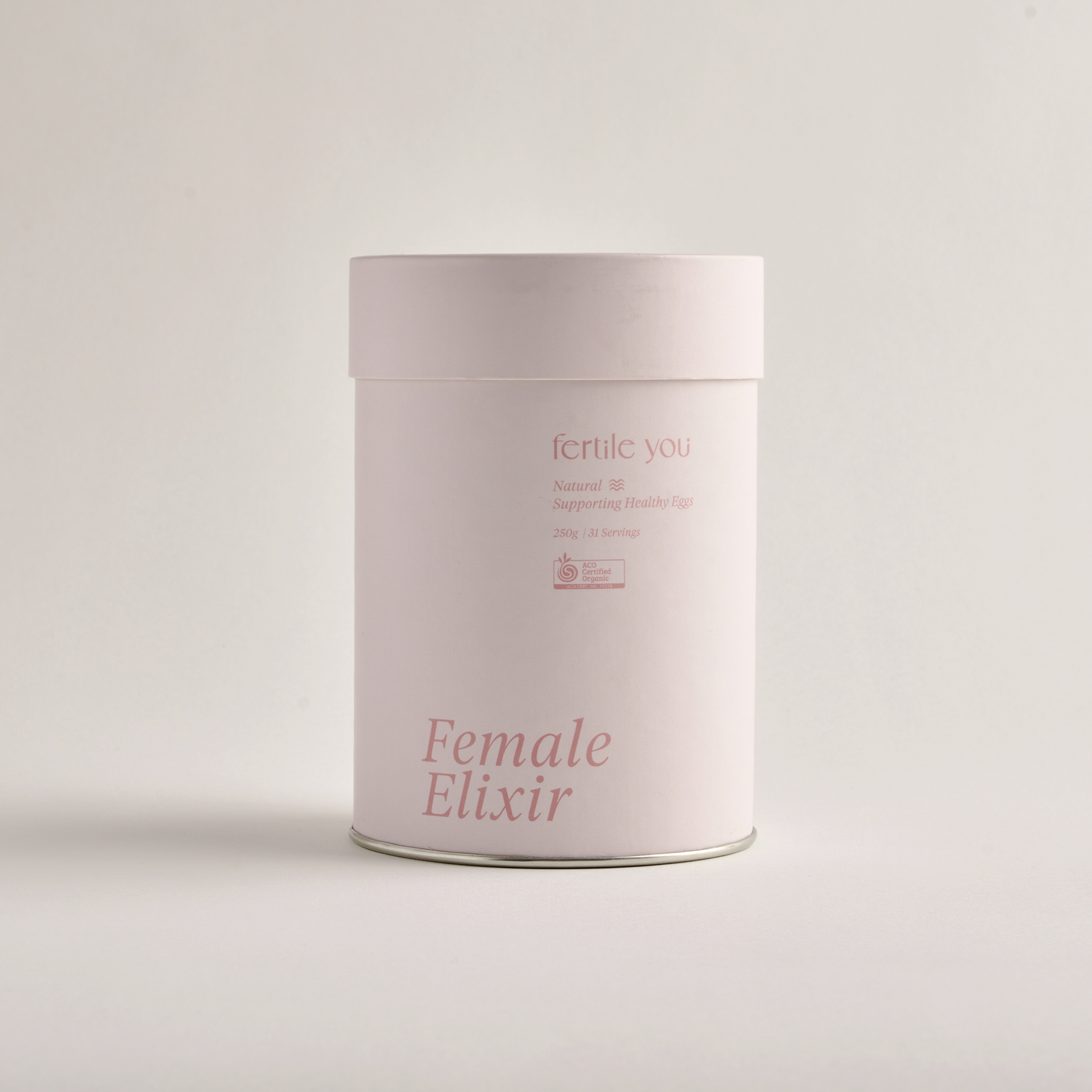
Menstrual Cycle Explained
Your menstrual cycle explained
Our hormones are constantly in flux during every day of the month, even if we don’t realise it. That’s because our menstrual cycle is taking place and going through the motions to prepare the body for possible pregnancy.
With so much happening inside our body, it’s helpful to understand the stages of our menstrual cycle and what to expect every step of the way. Plus, by learning what is and isn’t normal as well as how diet and lifestyle factors can affect our cycle, we’ll be able to take action when things aren’t feeling right.
Keep reading to discover everything you need to know about your menstrual cycle and practical ways to reduce the painful, uncomfortable symptoms of menstruation, naturally.
What is our menstrual cycle?
For fertile women, our bodies go through a hormonal cycle each month. This is known as our menstrual cycle, which typically lasts for about 28 days (but this can vary from woman to woman and even month to month) and is used to prepare the body for possible pregnancy.
Our cycle begins from the first day of our period and goes all the way through to the first day of our next bleed.
Throughout this cycle, our hormone levels change significantly as different levels of oestrogen and progesterone travel through our bloodstream. These hormones send messages from our pituitary glands in our brain to the ovaries and uterus, telling the body to perform certain functions.
What are the stages of our menstrual cycle?
So, what happens throughout our menstrual cycle? These 28 days can be broken down into four key phases, including: menstruation, follicular phase, ovulation and the luteal phase.
Stage one: menstruation
Ah, our period. That’s right, the day we begin our bleed is the start of our menstrual cycle.
At this point, our body is eliminating the thickened lining of our uterus (endometrium) which causes our bleed to occur. Typically, our period lasts for around three days to a week.
Throughout this week, we’ll need to use period care products (such as tampons, pads and reusable menstrual cups). Plus, we’ll likely experience a range of menstrual symptoms including:
- Cramping
- Bloating
- Breakouts
- Sore breasts
- Lower back pain
- Headaches
- Mood changes
- Tiredness
Stage two: follicular phase
After our period finishes, we move into what’s known as the follicular phase. At this point, our brain sends messages to our body to release the follicle stimulating hormone (FSH).
The role of FSH is to stimulate our ovaries to produce anywhere from five to 20 follicles, each housing an immature egg. Generally, only one of these follicles will mature into an egg, while the rest will die (usually around day 10 of our cycle).
At the same time, the lining of our uterus begins to thicken as the body prepares for a possible pregnancy.
Stage three: ovulation
It’s at this point that our body releases a mature egg from the surface of our ovary (which typically happens two week before our next bleed).
With elevated levels of FSH, the brain prompts the body to increase the production of the luteinising hormone (LH) as well.
Within a couple of days, these high levels of FSH and LH trigger ovulation. That’s where our mature egg travels through our fallopian tube towards the uterus. From here, the egg has around 24 hours to be fertilised by a sperm - otherwise, it will die.
Stage four: luteal phase
The final stage of our cycle is known as the luteal phase. At this point, the ruptured follicles from our mature egg evolve into a structure known as ‘corpus luteum’. During our luteal phase, it begins to release progesterone along with tiny amounts of oestrogen.
These hormones keep the lining of our uterus thick and in-tact, waiting for a fertilised egg to implant.
If a fertilised egg does arrive, more hormones are produced to keep the lining healthy and support a pregnancy. However, if pregnancy doesn’t occur this structure will due (anywhere from day 22 to day 28) and mark the start of menstruation.
What are the common menstrual problems?
For some of us, our menstrual cycle will also come with a range of unwelcome problems. From painful periods to the absence of periods, these conditions can make our cycle a challenging experience.
Here are some of the most common menstrual problems you might encounter:
-
Premenstrual syndrome (PMS): that changes in our hormones prior to the start of our period can cause a range of side effects, such as fluid retention, headaches, fatigue and irritability.
-
Dysmenorrhoea: this is the experience of painful periods, and is caused when hormones send messages to our uterus to squeeze harder than needed. This can be addressed with pain relief and the oral contraceptive pill, along with lifestyle changes.
-
Heavy menstrual bleeding: if this isn’t treated by a professional, this can lead to things like anaemia, and is often treated by oral contraceptives and hormonal intrauterine devices that can regulate the period’s flow.
- Amenorrhoea: on the flip side, this is when our periods are absent altogether. It can be due to things such as low or high body weight or even excessive exercise, and is something you should chat to your doctor about to find the cause of the issue.
Whether you fit the categories above or you notice an unexpected change in your period, make sure to speak with your GP and explain your symptoms. They’ll be able to help you navigate what’s going on and find the right solution for your situation.
How does diet and lifestyle factors impact our menstrual cycle?
The good news is that medications aren’t the only way to overcome painful and uncomfortable menstrual symptoms. In fact, what we eat and how we move our bodies can have a powerful impact on the experience of our periods.
Research has shown that regular exercise can be beneficial for reducing symptoms such as menstrual pain, cramps and mood shifts. That’s because exercise triggers mood-boosting hormones such as serotonin and endorphins to counteract any low mood symptoms we might encounter.
As for what we eat, there’s plenty of research that shows that diets rich in omega-3 fatty acids such as fish, calcium and vitamin D, and low in animal fats, salt and caffeine can lower the occurrence of PMS symptoms.
In particular, lowering our salt intake can help with things like fluid retention, bloating and breast soreness.
So, what foods, vitamins and minerals should we be adding to our diet? These include:
- Vegetables (five serves per day)
- Fruit (two serves per day)
- Nuts
- Seeds
- Fish (up to three servings per week)
- Omega-3 (such as flax or chia seeds)
- Protein (such as legumes and eggs)
- Wholegrains (such as brown rice, rolled oats, whole grain pasta)
- Calcium-rich foods (such as low-fat dairy products or nuts)
When it comes to navigating our menstrual cycle, understanding how our body works is the first step to identifying when things might be out of balance. Plus, by learning what foods and lifestyle changes we can make we can naturally relieve uncomfortable and painful menstrual symptoms.

